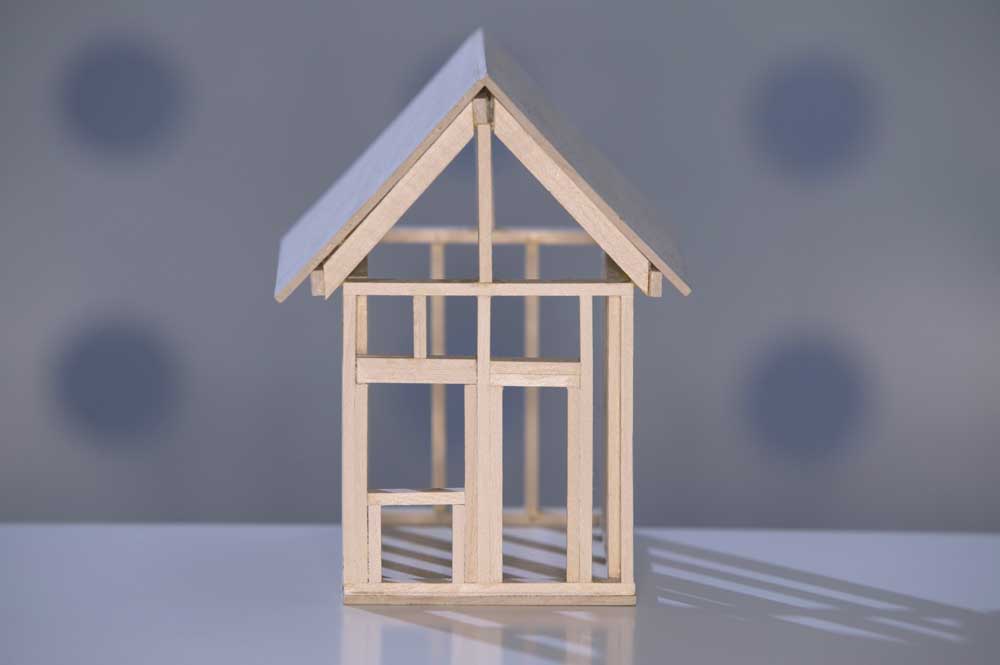Washington takes up tiny-house legislation
Published 12:00 am Saturday, February 9, 2019

- Lawmakers in the state of Washington are looking at legislation to allow more tiny-house development. (Thinkstock)
OLYMPIA, Wash. — Tiny houses are a trendy housing option and are often considered affordable, but zoning requirements and other laws make them legally difficult.
A tiny house is usually between 100-400 square feet, but can range up to 1,000 square feet.
Washington state Senator Hans Zeiger, R-Puyallup, is the prime sponsor of three bills related to tiny houses.
The Senate Housing Stability and Affordability Committee heard public testimony on two of Zeiger’s tiny-house bills Wednesday.
Senate Bill 5382 deals with tiny houses as detached accessory units. SB 5383 outlines building requirements for a tiny home and creates a legal framework for tiny homes, which can in turn be specified at the local level.
The Senate Local Government Committee heard public testimony on Tuesday on SB 5384, which would create a process to authorize the creation of tiny-house communities outside of urban growth areas or areas of intense rural development when there is a shortage of affordable housing.
“We have an affordable housing crisis and let’s find some creative ways to address that,” said Zeiger.
Todd McKellips, executive director at the Washington Tiny House Association, testified in support of the bill, saying it would give counties permission to develop their own plans for tiny house developments.
One problem with tiny homes is zoning requirements, which can be difficult to navigate. Soap Lake Mayor Raymond Gravelle knows how difficult it can be.
He changed zoning requirements to allow for cottage homes in Soap Lake, Washington.
Cottage homes are slightly larger than the average tiny home, ranging from 400-1,000 square feet, and still have to deal with rural density zoning requirements.
“It took about a year to get all of the zoning correct,” said Gravelle. “Since passing it, we haven’t had anyone take advantage of the higher density construction opportunity, but we have several developers that are looking hard at developing some parcels in Soap Lake.”
Gravelle, a Realtor, hopes to pursue a tiny-home development.
The median home value in Grant County (in central Washington) is $250,000 and a tiny home costs around $130,000-$160,000.
“Getting community buy-in is important because it does allow for higher density housing. Some people object to that in rural communities,” said Gravelle. “We didn’t get very much pushback on that at all. People just want to see new housing and more people coming to Soap Lake so our economy can continue to grow.”
Things like access to broadband and amenities, like grocery stores and restaurants, are factors developers have to consider, said Gravelle.
The target market for tiny homes varies based on location.
In Soap Lake, the market is people looking to buy a second home, downsize or retire, millennials who work remotely and want a low cost of living, or investment properties to be used as rentals or an Airbnb, said Gravelle.
Ethan Goodman, executive director at Tech for Housing, testified in Olympia on Wednesday in support of the three bills.
“Tiny houses are, I have to recognize, a fairly niche housing type, but I think they still deserve our support,” said Goodman. “Just because a housing type doesn’t appeal to everybody doesn’t make it an illegitimate choice for those that want that option.”






